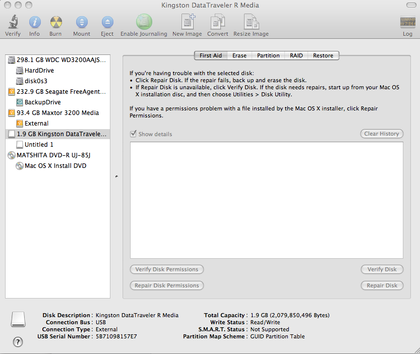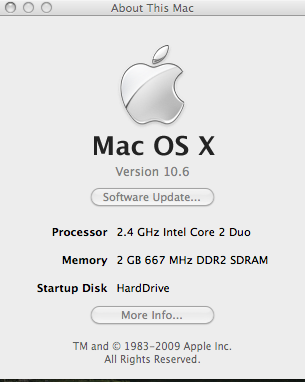

Though the final release only supports Intel processors, two development builds that supported PowerPC processors are known to exist, builds 10A96 and 10A190.
#Mac os x 10.6 snow leopard usb boot mac os x
As support for Rosetta was dropped in Mac OS X Lion, Snow Leopard is the last version of Mac OS X that is able to run PowerPC-only applications. It was also the first Mac OS release since System 7.1.1 to not support Macs using PowerPC processors, as Apple dropped support for them and focused on Intel-based products.

New programming frameworks, such as OpenCL, were created, allowing software developers to use graphics cards in their applications. Much of the software in Mac OS X was extensively rewritten for this release in order to take full advantage of modern Macintosh hardware and software technologies ( 64-bit, Cocoa, etc.). Its name signified its goal to be a refinement of the previous OS X version, Leopard. Apple famously marketed Snow Leopard as having "zero new features". Unlike previous versions of Mac OS X, the goals of Snow Leopard were improved performance, greater efficiency and the reduction of its overall memory footprint. The release of Snow Leopard came nearly two years after the launch of Mac OS X Leopard, the second longest time span between successive Mac OS X releases (the time span between Tiger and Leopard was the longest). As a result of the low price, initial sales of Snow Leopard were significantly higher than that of its predecessors whose price started at US$129. On August 28, 2009, it was released worldwide, and was made available for purchase from Apple's website and retail stores at the price of US$29 for a single-user license. Snow Leopard was publicly unveiled on Jat Apple’s Worldwide Developers Conference.

Mac OS X Snow Leopard (version 10.6) is the seventh major release of macOS, Apple's desktop and server operating system for Macintosh computers.


 0 kommentar(er)
0 kommentar(er)
